Why Every Neighbor Is a Challenge for India Right Now
Nidhi | May 19, 2025, 16:29 IST
( Image credit : Times Life Bureau, Timeslife )
India’s relationships with its neighbors—Pakistan, China, Bangladesh, and Sri Lanka—are strained by historic conflicts, border disputes, terrorism, and cultural tensions. From ongoing India-Pakistan hostilities to China’s border aggression, and from water-sharing issues with Bangladesh to ethnic and political challenges with Sri Lanka, these challenges create a complex geopolitical landscape. This article explores how these strained ties impact India’s security, diplomacy, and regional influence in 2025.
In a world where alliances are transactional and silence is strategic, India finds itself in a neighborhood where hostility isn't just across the border — it's woven into history, politics, religion, and water.
Pakistan funds terror while calling for peace. China speaks of cooperation even as it builds roads through Indian territory. Bangladesh shares a language and culture, but not trust. Sri Lanka smiles in diplomacy, yet leans where the money flows — often towards Beijing.
Every neighbor is a story of unresolved tension. A ceasefire today doesn’t erase decades of bloodshed. A handshake at a summit doesn’t bridge rivers poisoned by disputes. And no press release can undo the reality that, in its hour of need, India stands alone — militarily strong, diplomatically isolated, and strategically tested.
As war simmers with Pakistan, and other neighbors quietly watch or tactfully distance themselves, a tough question emerges: Is geography India's greatest threat — or its greatest test?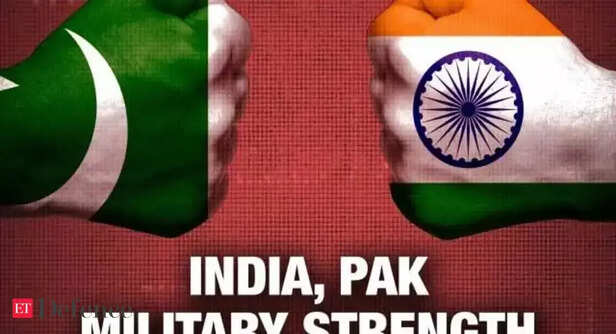
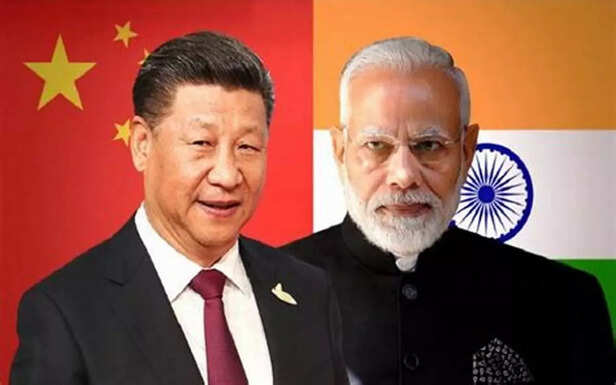
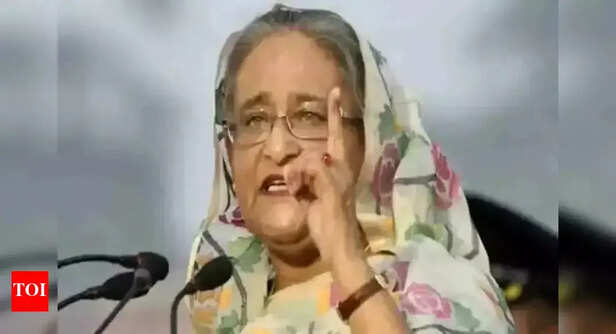
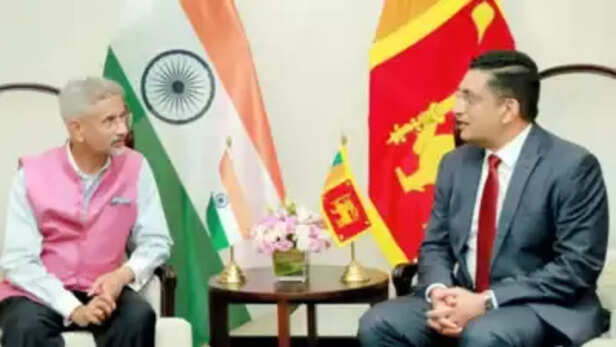
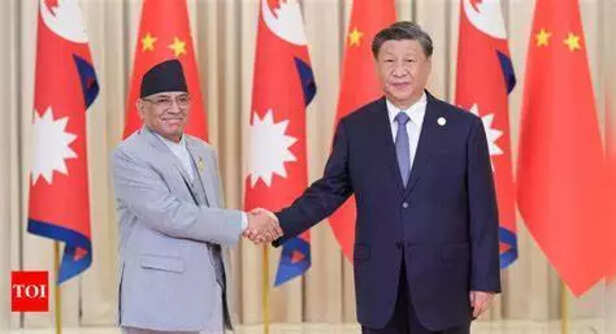

India stands not just at a geopolitical crossroads, but at an existential one. Despite its spiritual legacy of peace and diplomacy, its borders are ringed with tension — one neighbor sponsors terror, another redraws maps, and others drift into foreign influence. None have stepped forward in India’s moment of crisis.
But perhaps the most urgent question is not why others won’t stand with India — but whether India can afford to stand still.
In a region where alliances shift like monsoons and threats evolve without warning, India’s real test is not just defending its borders, but reshaping the narrative of its presence. Strength is no longer measured in missiles alone — it lies in diplomacy that commands respect, in economies that attract allies, and in stories that the world chooses to believe.
As Nitin A Gokhale rightly puts it: “Nations have no permanent friends or enemies, only permanent interests”. In the evolving world order, India must become so strong—economically, militarily, and narratively—that its neighbors choose cooperation over confrontation.
Explore the latest trends and tips in Health & Fitness, Travel, Life Hacks, Fashion & Beauty, and Relationships at Times Life!
Pakistan funds terror while calling for peace. China speaks of cooperation even as it builds roads through Indian territory. Bangladesh shares a language and culture, but not trust. Sri Lanka smiles in diplomacy, yet leans where the money flows — often towards Beijing.
Every neighbor is a story of unresolved tension. A ceasefire today doesn’t erase decades of bloodshed. A handshake at a summit doesn’t bridge rivers poisoned by disputes. And no press release can undo the reality that, in its hour of need, India stands alone — militarily strong, diplomatically isolated, and strategically tested.
As war simmers with Pakistan, and other neighbors quietly watch or tactfully distance themselves, a tough question emerges: Is geography India's greatest threat — or its greatest test?
1. Pakistan: A Hostile and Ideologically Opposed Adversary

Ind Pak
( Image credit : Times Life Bureau )
- Historic Hostility: Since Partition in 1947, India and Pakistan have fought four wars and countless border skirmishes. The Kashmir dispute remains unresolved, and Pakistan’s claim over Jammu & Kashmir is central to its national identity.
- Terror as a State Policy: Pakistan has consistently supported terror groups like Jaish-e-Mohammed and Lashkar-e-Taiba. The 2001 Parliament attack, 2008 Mumbai attacks, 2016 Uri attack, 2019 Pulwama bombing, and now the 2025 Pahalgam massacre all trace back to Pakistan-based groups.
- Nuclear Brinkmanship: Both countries are nuclear-armed, and Pakistan’s doctrine of “full-spectrum deterrence” makes even minor escalations dangerous.
- Strategic Threat: Pakistan is the only neighbor with an openly anti-India military doctrine, and it leverages jihadist groups, global diplomatic lobbying (especially in OIC and the UN), and a China-Pak axis to counterbalance India.
2. China: Strategic Rival and Silent Aggressor

India and China
( Image credit : Times Life Bureau )
- Border Disputes: India and China share a 3,488 km disputed boundary. The 1962 war, Doklam standoff (2017), and Galwan Valley clash (2020) exposed deep mistrust.
- Salami Slicing Strategy: China slowly encroaches on contested areas, building infrastructure along the Line of Actual Control (LAC) and altering ground realities.
- Support to Pakistan: China has vetoed UN sanctions on Pakistani terrorists and is investing heavily in the China-Pakistan Economic Corridor, which runs through Indian-claimed territory.
- Cultural Mismatch and Hegemonic Goals: China does not view India as an equal partner in Asia. It is actively trying to limit India’s influence in the Indo-Pacific.
- Regional Competition: China is encircling India through its “String of Pearls” strategy — building ports and facilities in Gwadar (Pakistan), Hambantota (Sri Lanka), Chittagong (Bangladesh), and Kyaukpyu (Myanmar).
3. Bangladesh: Friendly Government, Fragile Relations

Bangladesh
( Image credit : Times Life Bureau )
- Illegal Immigration: Decades of undocumented migration into India’s northeast, especially Assam and Bengal, has led to demographic shifts and social tension. The NRC and CAA laws triggered diplomatic concern in Dhaka.
- River Water Sharing Disputes: The Teesta River dispute remains unresolved, impacting millions of farmers in both countries. India’s upstream control is a sticking point.
- Rohingya Crisis Spillover: India fears refugee influx and Islamic radicalization due to Rohingya movement through Bangladesh.
- China's Growing Influence: Beijing has offered loans and infrastructure support, increasing Dhaka’s leverage in regional negotiations.
- Cultural and Political Sensitivity: While the ruling Awami League is India-friendly, future governments could shift alignments.
4. Sri Lanka: Cultural Ties, Strategic Drift

Sri Lanka and India
( Image credit : Times Life Bureau )
- Indian Tamil Issue: India’s intervention during the Sri Lankan civil war (1987 IPKF mission) was controversial. Post-war, the demand for Tamil rights and autonomy remains unaddressed.
- China’s Deep Footprint: China has invested in ports and infrastructure, including the 99-year lease of Hambantota Port. This raises concerns of a naval base being used to encircle India.
- Economic Dependency: India has provided emergency aid, but China’s soft loans have put Sri Lanka in debt-trap diplomacy.
- Religious Polarization: Rising Sinhalese-Buddhist nationalism sometimes targets Indian-origin Tamils and Muslims, fueling community-based tensions.

Nepal and China
( Image credit : Times Life Bureau )
- Boundary Disputes: In 2020, Nepal published a new map claiming Indian territories like Kalapani, Lipulekh, and Limpiyadhura, straining ties.
- Political Shifts: Successive Nepalese governments have grown closer to China, viewing India as a "big brother" with hegemonic tendencies.
- Cultural Proximity: Despite strong Hindu and cultural ties, India is now treated with suspicion, especially among the political elite.
6. Myanmar: Security and Humanitarian Complex
- Insurgent Groups: Northeastern Indian insurgent groups often take shelter across the border in Myanmar.
- Military Rule: The military junta is unpredictable and may not cooperate on counterinsurgency operations.
- China’s Shadow: China supports infrastructure and arms Myanmar’s junta, reducing India’s diplomatic influence.
7. Maldives & Bhutan: Relative Calm, Strategic Watch

Maldives-India
( Image credit : Times Life Bureau )
- Bhutan: India’s most reliable neighbor, but even Bhutan faces Chinese pressure, especially near Doklam.
- Maldives: Politically unstable and influenced by China’s economic deals and Islamic conservatism.
Surrounded by Challenges, Not Friends
But perhaps the most urgent question is not why others won’t stand with India — but whether India can afford to stand still.
In a region where alliances shift like monsoons and threats evolve without warning, India’s real test is not just defending its borders, but reshaping the narrative of its presence. Strength is no longer measured in missiles alone — it lies in diplomacy that commands respect, in economies that attract allies, and in stories that the world chooses to believe.
As Nitin A Gokhale rightly puts it: “Nations have no permanent friends or enemies, only permanent interests”. In the evolving world order, India must become so strong—economically, militarily, and narratively—that its neighbors choose cooperation over confrontation.
Explore the latest trends and tips in Health & Fitness, Travel, Life Hacks, Fashion & Beauty, and Relationships at Times Life!
